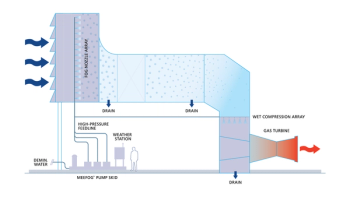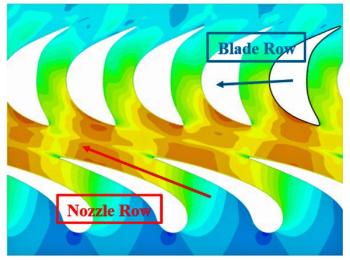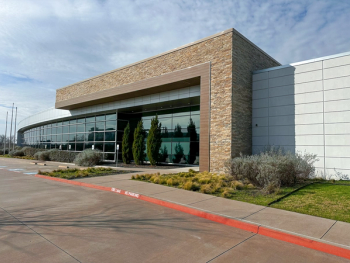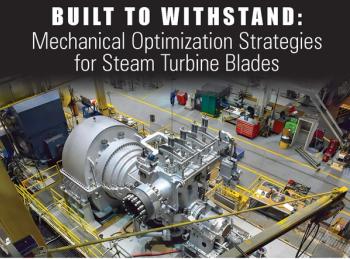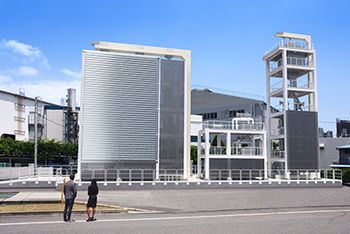
TurboTime Podcast: Part I: The LNG Value Chain
Myth Busters Klaus Brun and Rainer Kurz discuss the LNG value chain, where and how turbomachinery fits in, and an overview of the market.
In part I of this two-part podcast, Myth Busters Klaus Brun and Rainer Kurtz give an overview of LNG’s value chain and dive, the production process, and the role of turbomachinery.
Let’s start with a basic overview of what LNG is and explore the value chain, including where turbomachinery plays a role.
Brun: To begin with, let’s examine the entire natural gas value chain. This process starts with the production of natural gas, which then moves to processing facilities—often referred to as gas plants. After processing, the natural gas is transported to a liquefaction plant or LNG plant. This stage involves further processing, primarily refrigeration, followed by storage and loading onto marine transport vessels. Once the LNG is transported, it is unloaded and sent through pipelines to reach the end user.
The value chain includes a significant amount of turbomachinery. For every 1,000 horsepower of refrigeration in an LNG plant, there’s approximately 10,000 horsepower of other turbomachinery throughout the value chain.
On the production side, gas gathering machines are employed, followed by compression equipment for transporting gas to processing facilities. In gas processing, various operations occur, including acid gas removal, dehydration, and mercury removal, utilizing off-gas and boil-off compressors. There’s also the removal of natural gas liquids (NGLs)—which include heavier components like butane, pentane, and propane—that are sold as separate products.
After processing, the gas is transported through pipelines involving compression stations, and eventually, it reaches the LNG plant where refrigeration processes take place. These can include cascade types or mixed refrigerant processes, often utilizing reverse Brayton or reverse Rankine cycles (also known as vapor compression processes). From the plant, the LNG is stored, and off-gas or boil-off gas compressors are used again. Additional turbomachinery, such as pumps, is involved in the loading process.
Finally, the LNG undergoes regasification before being delivered to consumers. The entire process contains numerous turbomachines, which vary in size from small to large, and each plays a vital role.
The primary advantage of LNG is its ability to transport natural gas over long distances, far beyond what pipelines can accommodate. For example, transporting natural gas from North America to Europe via pipeline is impractical due to the complexity and length of the required infrastructure. By liquefying natural gas, which involves cooling it to approximately -260°F (where it condenses into a liquid), we significantly reduce its volume—making it about 600 times smaller than its gaseous state—allowing for easier transport. Once it reaches its destination, the LNG is regasified for use.
Currently, natural gas is abundant worldwide, making it an effective energy carrier. It’s important to note that during the LNG refrigeration process, there is some energy loss—typically around 15% to 20%. In comparison, the entire value stream experiences a lower energy loss of about 5%. Overall, while refrigeration is energy-intensive, the convenience of transporting natural gas as LNG justifies the process.
Kurz: The heart of the LNG production process is the refrigeration process, which cools the feed gas (natural gas) to temperatures where it becomes a liquid at or slightly above ambient pressure. There are several different methods to achieve the low temperatures necessary for liquefying natural gas.
It's important to note that the gases used in the refrigeration process operate in closed loops and do not come into contact with the natural gas being liquefied. The two main methods for achieving these low temperatures are called vapor compression and expansion.
Vapor compression is similar to the method used in air conditioners or refrigerators. In this process, a gas is compressed, which raises its temperature. The gas is then cooled to a lower temperature before being expanded, which causes it to drop to very low temperatures. At this point, it can be used to cool another gas, in this case, liquefied natural gas.
The second method involves compressing the gas and then expanding it through expanders to achieve very low temperatures. A key point, as Klaus highlighted, is that a significant portion of the energy consumption in the liquefaction process within the LNG value chain occurs during liquefaction itself. Therefore, minimizing energy use during this stage is crucial.
Typically, the refrigeration process is conducted in multiple stages. First, one refrigeration loop pre-cools the natural gas to a moderately cold temperature. Then, another process is used for sub-cooling, followed by a third method—either by reducing the pressure of the natural gas or through a separate process—to achieve complete liquefaction.
Additionally, constructing LNG plants requires a substantial increase in activity related to building the natural gas pipelines that supply these facilities with large volumes of gas.
Newsletter
Power your knowledge with the latest in turbine technology, engineering advances, and energy solutions—subscribe to Turbomachinery International today.

